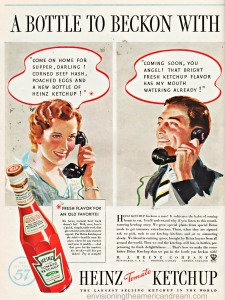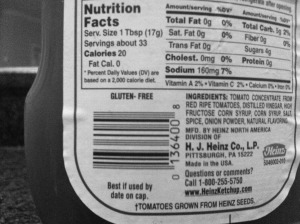In earlier posts (here and here) we learned about the prestigious Home Legion medal for distinguished service in homemaking. I was incredibly fortunate to come into possession of a medal, but I don’t feel that I have ‘earned’ the pin until I have completed the steps that all original Home Legion members had to complete for the recognition.
Step one: Join the Home Legion by filling out the application. I shall check the boxes of ‘good meal planning, careful household management, thrift — preventing waste, maintaining morale, creating a happy atmosphere, and interest in and work for the community’. Check!
Step two: Hang the Homemaker’s Creed on a wall in my kitchen. Check!
Step three: Answer the questions in the second round of mailings: “What do you do to insure a smooth-running home?”, “What little tricks do you use for saving time and labor?” and “How do you practice thrift in conserving food, household supplies, and equipment?”
What do you do to insure a smooth-running home? Short answer — simplicity and routines! Have you ever come across those cute flour sack towels with the day of the week embroidered on them? Monday is Wash Day. Tuesday is Iron Day. Wednesday is Bake Day. Thursday is Brew Day. Friday is Churn Day. Saturday is Mend Day. Sunday is Meeting Day. It goes back to the Mayflower and times when we needed to brew and churn. Luckily, I don’t have to go that far back! In McCall’s patterns of those towels, Thursday became Market Day and Friday became Clean Day. Other versions argue that Bake Day or Market Day should be Saturday. Who knows for sure?
Anyway, there is an inborn tradition in me that makes Monday Wash Day. I grew up on a farm with rows and rows of laundry hanging on a clothesline — first load hung by 5:00 am on Monday morning! I do set aside time on Fridays for cleaning to make sure we start the weekend feeling tidy and organized. I like to make Market Day a Friday night event and grab dinner on the way home. That way Saturdays can be left for whatever we feel like doing and meal prepping can be done on Sundays for the week ahead.
Cleaning doesn’t seem so big of a chore when things are done as they need to be throughout the week too — dishes put in the dishwasher after meals are over. Bathroom sinks can be wiped clean after use as part of the morning routine. Before going to bed, the living room can be picked up if books, magazines, or other things were used through the day.
Little things like this only leave vacuuming, dusting, and other light cleaning tasks for Fridays.
Larger tasks and spring deep cleaning find their way to a list and scheduled like projects to be done when there is plenty of time to plan for and work on them.
What little tricks do you use for saving time and labor? We have lots of little tricks around our home for saving time and labor. The best have been locating general cleaning supplies used on each floor of our home (basement included) on each floor to save steps and make the routine flow. I am obsessed with planning efficiency and always study every task for any way of removing steps. For example, when grocery shopping, I load my cart and then the conveyor belt with like items based on where they are located in my kitchen. They are bagged together in the same way and then when it’s time to put everything away, I can take my bag to the one area in the pantry or refrigerator or freezer where it all goes.
On meal prepping day, I locate all the ingredients for a recipe together in the pan or bowl I’ll be using to cook or bake it in along with the recipe card so all I have to do is pull out the bowl from the pantry, pull out any ingredients that were stored in the refrigerator or freezer, and take it all to the counter to assemble. All this planning goes a long way in reducing clean up time too.
How do you practice thrift in conserving food, household supplies, and equipment? Thrift always comes down to living the WWII mantra “Use it up, wear it out, make it do, or do without”.
We plant a garden. And in our home, food is prepped and frozen before it can go bad. If plans don’t go as first arranged, fruits and vegetables can be juiced very easily and efficiently. Berries not frozen also go into a smoothie or prepped into desserts.
Everything has a life cycle with several stages. Worn out t-shirts become dust rags. Tea towels act as cloth napkins — no paper towels or paper napkins in this house! We use cloth bags for shopping. Any plastic bags that accidentally find their way into the house are used as kitchen waste bags — we do not buy Hefty or any other kind of trash bags. It really doesn’t make sense to pay for something that’s main purpose is to throw away! Same for paper bags – these are used for holding recyclable waste until they are tossed in the recycle bin (Waste Management does not allow plastic bags of any kind to be used in recycle bins).
Equipment in the house is carefully maintained. Wooden cutting boards and utensils are waxed twice a year to keep in good condition. Garden tools are cleaned and oiled at the end of each season. Kitchen tools are cleaned and dried right after a thorough washing to avoid rusting. We use a clothesline for drying clothes in warm seasons to extend the life of the dryer. We use (and reuse) glass jars and containers — no plastic! Knives are carefully used, stored, and sharpened when needed, instead of buying new.


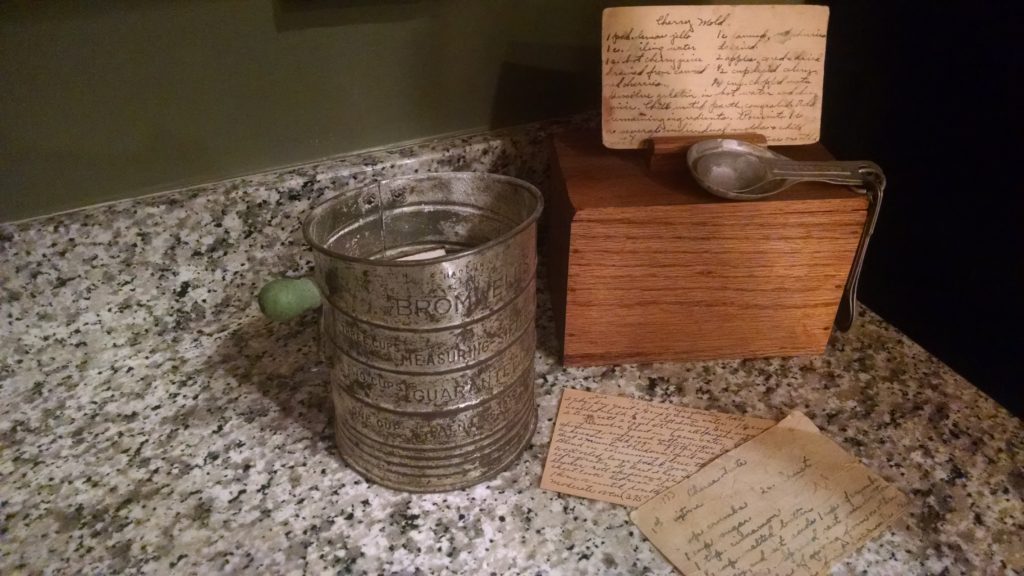
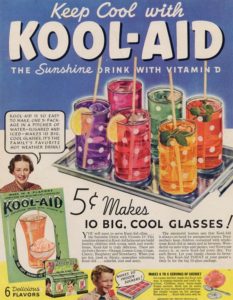

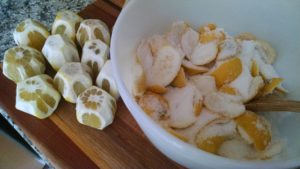


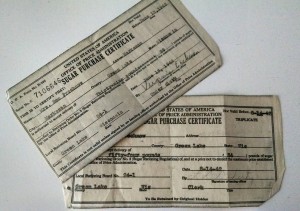
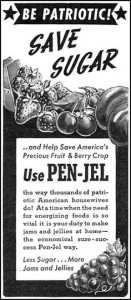
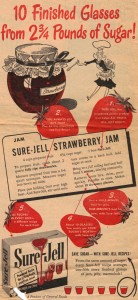




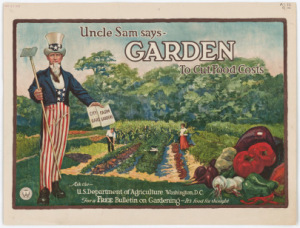




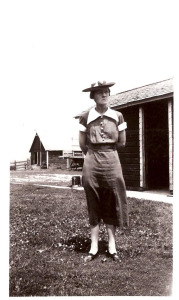
![IMG_20150330_181404770[1]](https://www.thewarinmykitchen.com/wp-content/uploads/2015/03/IMG_20150330_1814047701-300x168.jpg)
